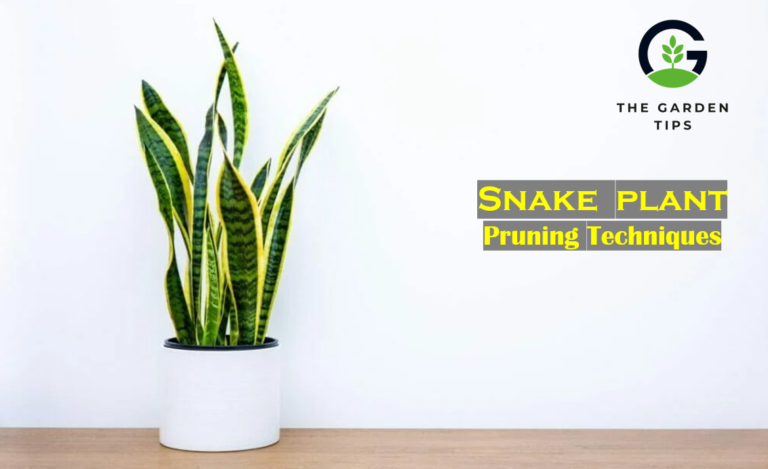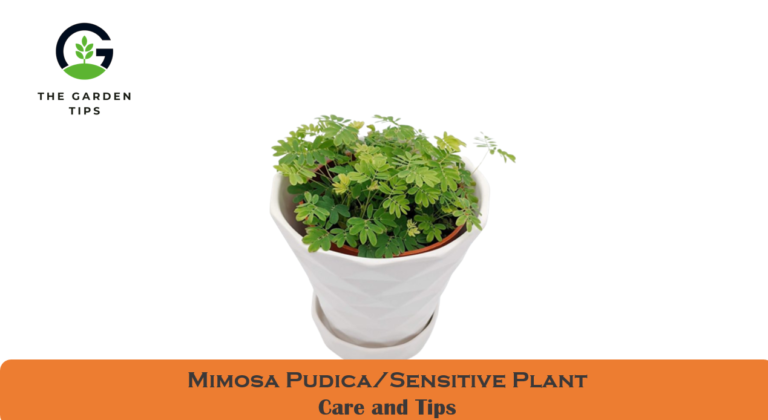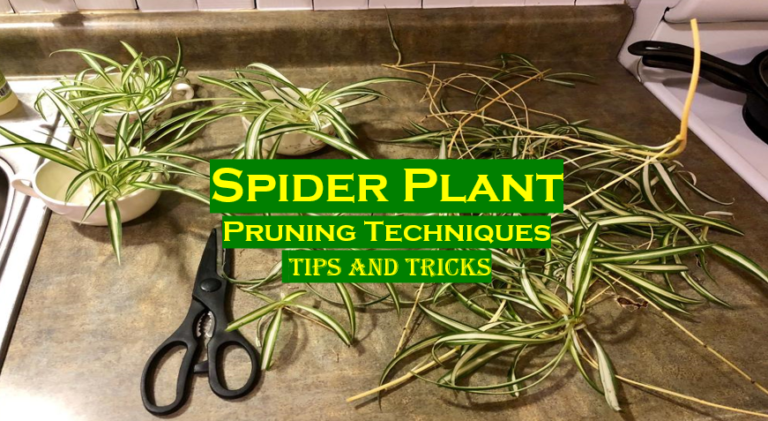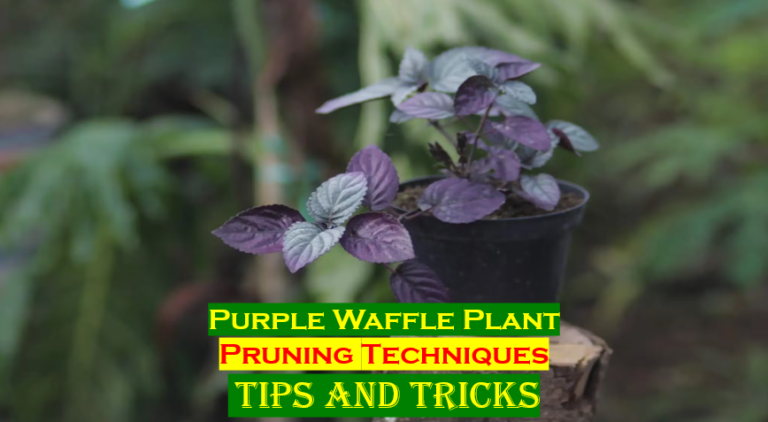Did you have tulips in your garden and now want to propagate them? Don’t worry; here is complete information on how to propagate Tulip Plant.
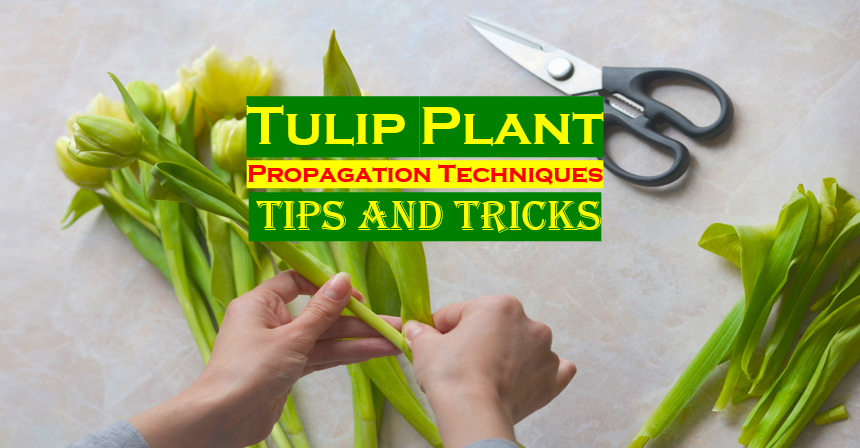
Caring for the tulip plant and then propagating it is not as challenging as it seems. Generally, the most popular way to propagate a tulip plant is the division of bulbs. There are also a few other ways to propagate your plant and grow new tulips.
Stay connected with us to know the complete propagation procedure of your favorite plant.
Tulip Plant Propagation
Generally, there are a few ways to propagate the tulip plant, and the division of bulbs is the most famous one. Here I’ll describe the names and detail of famous methods.
- Propagation through bulbs
- Propagation through seeds
- Propagation through axillary bulb outgrowth
The first two methods are the most common, but propagation through the axillary bulb is the slowest procedure. So, I’ll describe the two most common methods in detail, and you must follow them carefully.
Propagation Through Bulbs
To propagate your tulip plant, follow the given steps:
- You must do so this process at the right time of the season. Autumn is the best season for tulip propagation through bulbs.
- Take a tulip bulb and store it in the refrigerator for almost 12 weeks.
- Avoid placing it near the ripe fruit or vegetable; it will affect its blooming.
- After 12 weeks, when you notice the temperature is appropriate for the bulb, like below 55 degrees F, please choose an area in your garden where you want to plant it.
- Select an area where the tulip bulb will get bright sunlight.
- Plant the tulip bulb in soil, and the distance must be between ¼ and ½ inches between all bulbs.
- Dig the soil up to 8 inches deeper to plant the bulbs and make their growth effective and efficient.
- You must nestle the bulbs into the soil; their pointed end must face the sky.
- Pat the soil well and water it according to the requirement.
- Watch the plant’s growth regularly and ensure it provides all necessary conditions.
Pros
- It does not rely on any pollinator.
- It requires less time than seed propagation.
Cons
- The new plant can lack genetic diversity.
- New tulips have comparatively fewer adaptive features.
Propagation Through Seeds
To propagate your tulip plant through seeds, follow the procedure carefully:
- Tulip tree seeds can be used to propagate them.
- Stratification is the must condition for seeds to propagate.
- It means you must replicate the conditions they experience before germination.
- Keep the seeds in cold places for almost 70 to 90 days until spring.
- When the spring comes, grab a pot and fill it with acidic potting soil.
- Transfer the seed into this soil and ensure not to seed them deeper than 3 times the size.
- After seeding them, water the seed, but avoid over-watering.
- Over-watering will cause the seed to rot, and your seed will not grow as you want.
- Watch the seed’s growth daily and provide the proper conditions and temperature.
Pros
- This method is more viable for environmental stress.
- The plant grown in this method has higher genetic diversity.
Cons
- It requires a very long time.
- The plant may face deformities.
FAQs
How Can You Multiply The Tulips?
The best way to multiply the tulip plant is to eliminate its dead or spent flowers. When the blooming time of the plant finishes in spring, they naturally begin to grow the seeds that are then fertilized for more tulips.
How Many Years Did The Tulip Last?
Compared to the old tulips, the modern cultivated tulips last longer, for three to five years. The old tulip flowers were not last longer than 2 years. So, it means the modern cultivation processes brings much advancement in tulip to enjoy them for a longer time.
Conclusion
If you are a gardener or plant lover, this article is a perfect guide for your plant propagation. Propagation of tulip plants is not complex; you only need to know the easiest methods to start the process, which I’ve described here.
I hope the article helped you to propagate your tulip plant, and now you can reproduce more tulips in your garden to make it fancier and more beautiful. Keep visiting for more details and propagation information on your favorite plants.



